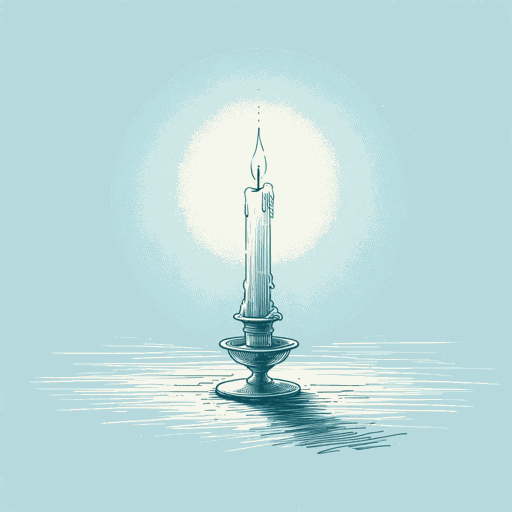88 pages • 2 hours read
Charles DickensA Christmas Carol
Fiction | Novella | Middle Grade | Published in 1843A modern alternative to SparkNotes and CliffsNotes, SuperSummary offers high-quality Study Guides with detailed chapter summaries and analysis of major themes, characters, and more. For select classroom titles, we also provide Teaching Guides with discussion and quiz questions to prompt student engagement.
Symbols & Motifs
Time
The motif of time is crucial because Scrooge’s time is running out. Scrooge is haunted by bells counting down the hours and minutes—for instance, “the gruff old bell [that] was always peeping slily down at Scrooge out of a Gothic window in the wall” (6). With Scrooge’s rebirth, the bells ring out in wild abandon, no longer marking time because the future is now unconstrained; Scrooge is free to create it for himself.
The spirits obviously represent the past, present, and future, but they also more subtly represent a distortion of time. The Ghost of Christmas Past and the Ghost of Christmas Present each arrive at one o’clock with no intervening day between. The Ghost of Christmas Present disappears at midnight, but the Ghost of Christmas Yet to Come appears immediately afterward with no intervening hour, even though each visitation was supposed to begin at one o’clock. Scrooge also observes that the scenes to which the Ghost of Christmas Yet to Come escorts him seem to take place in no particular chronological order. The compression and distortion of time suggests that time is indeed malleable and that therefore the future is malleable as well, which is essential to Scrooge’s transformation because one of his strongest motives is to save 







Related Titles
By Charles Dickens
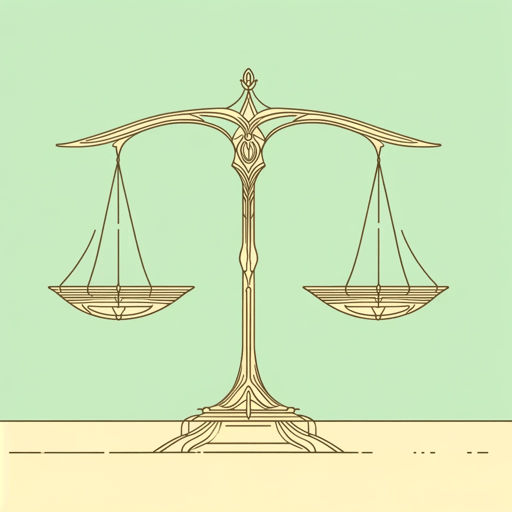
A Tale of Two Cities
Charles Dickens
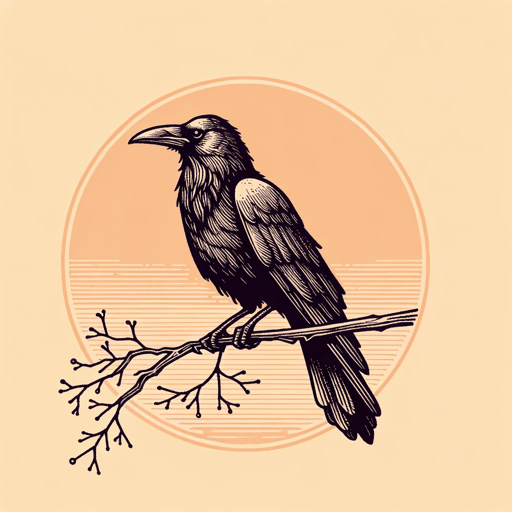
Barnaby Rudge: A Tale of the Riots of Eighty
Charles Dickens
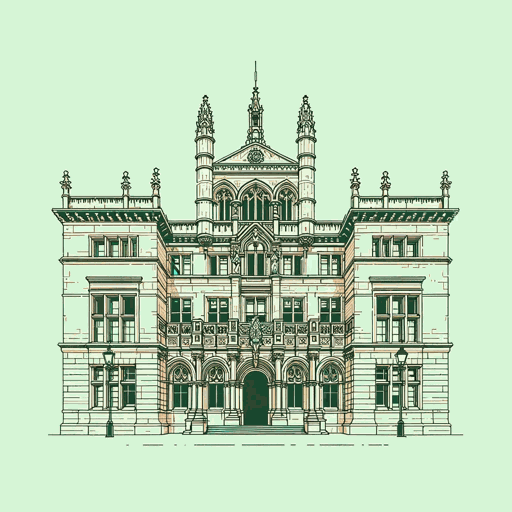
Bleak House
Charles Dickens

David Copperfield
Charles Dickens

Dombey and Son
Charles Dickens
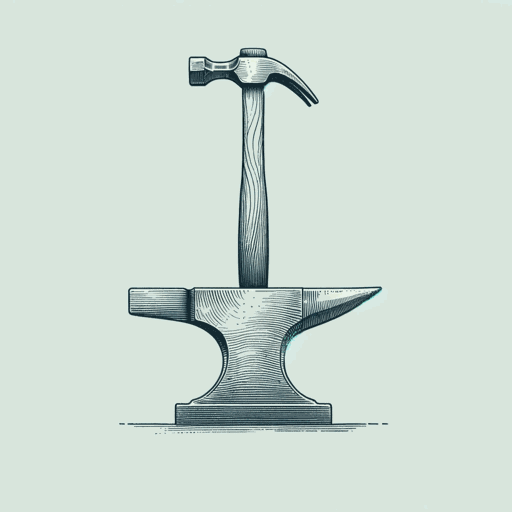
Great Expectations
Charles Dickens

Hard Times
Charles Dickens
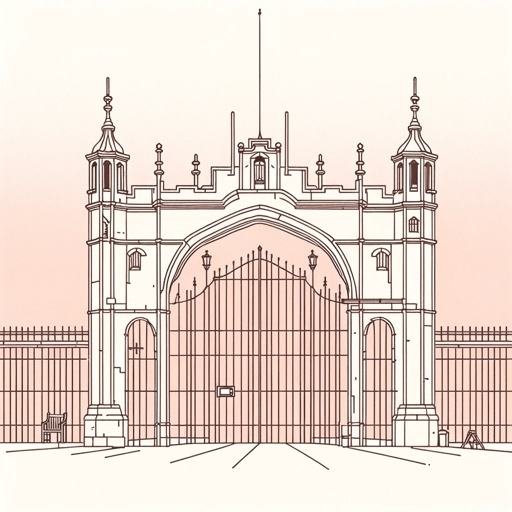
Little Dorrit
Charles Dickens

Martin Chuzzlewit
Charles Dickens
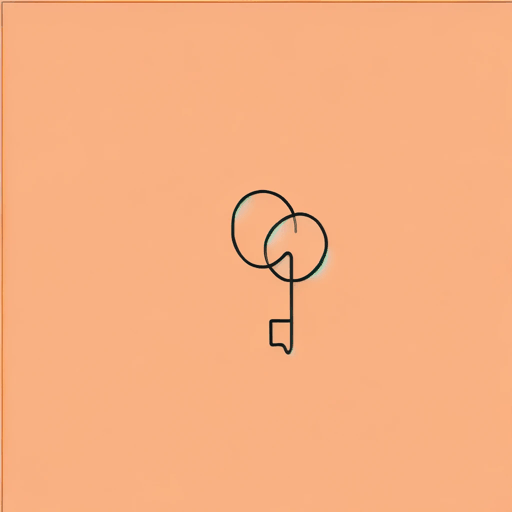
Nicholas Nickleby
Charles Dickens

Oliver Twist
Charles Dickens

Our Mutual Friend
Charles Dickens
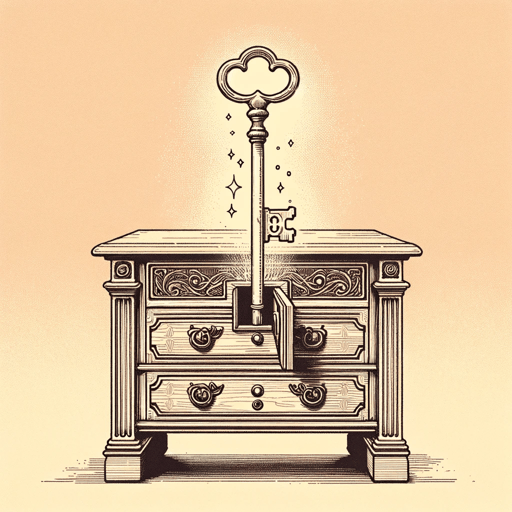
Pickwick Papers
Charles Dickens
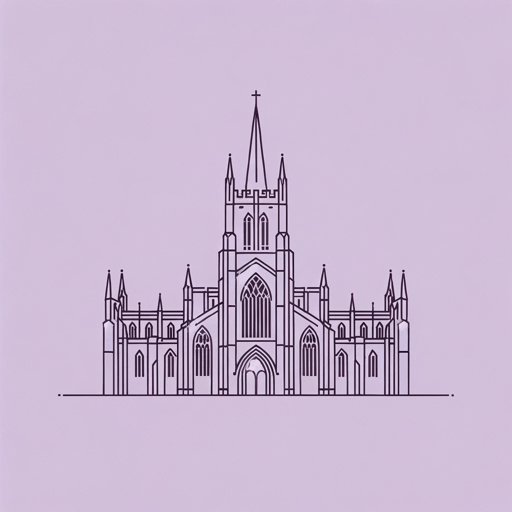
The Mystery of Edwin Drood
Charles Dickens
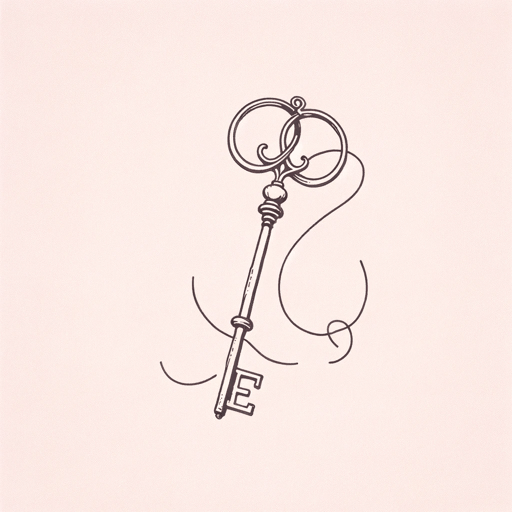
The Old Curiosity Shop
Charles Dickens
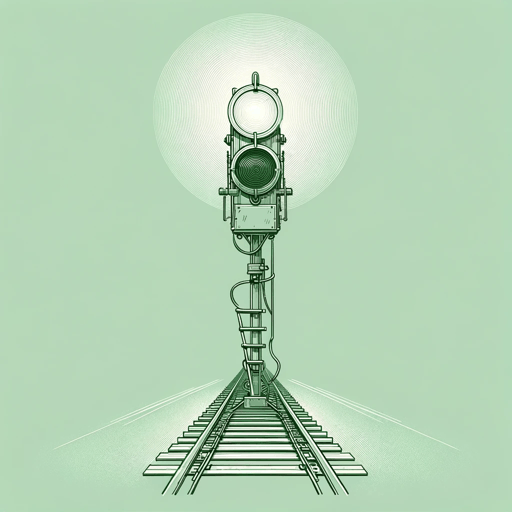
The Signal-Man
Charles Dickens
